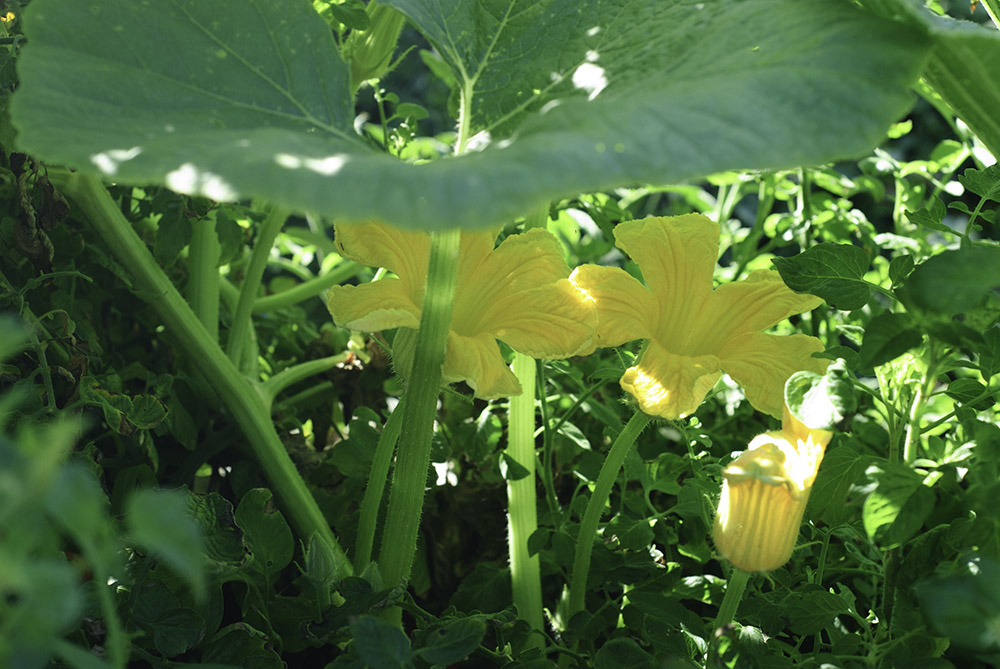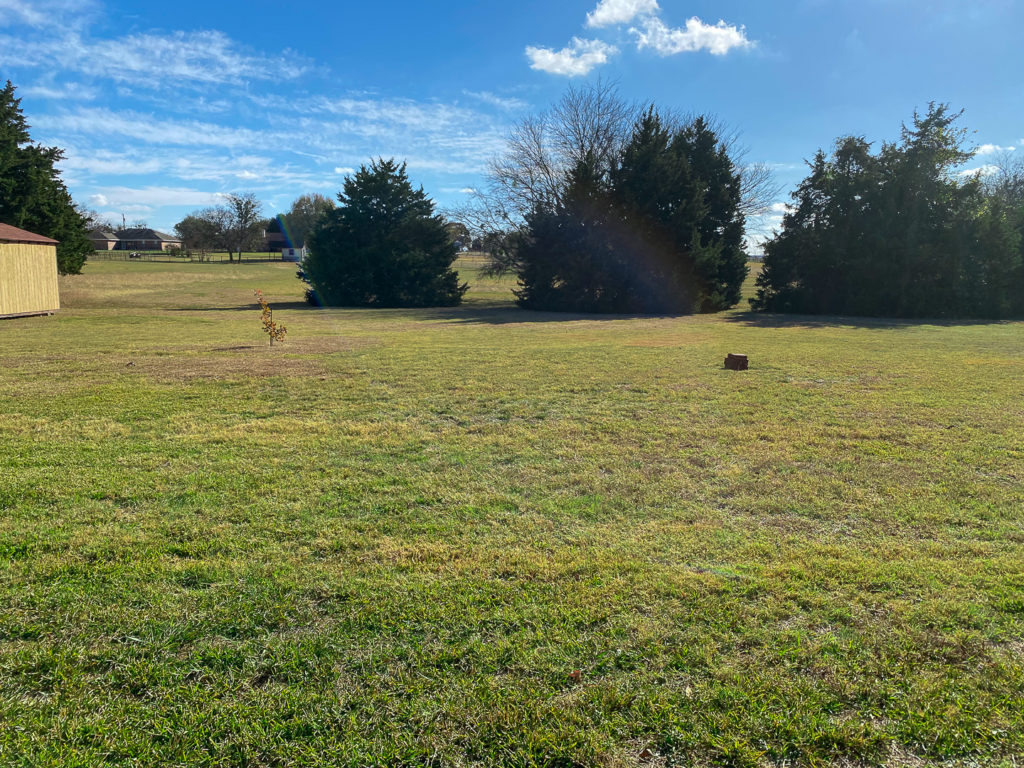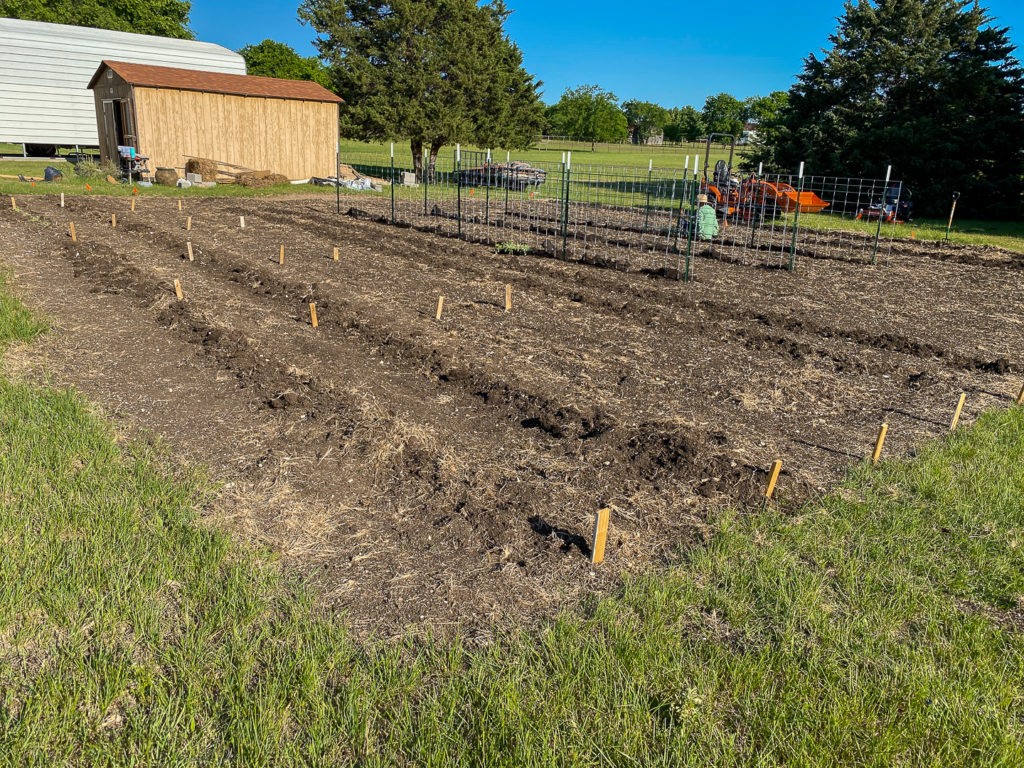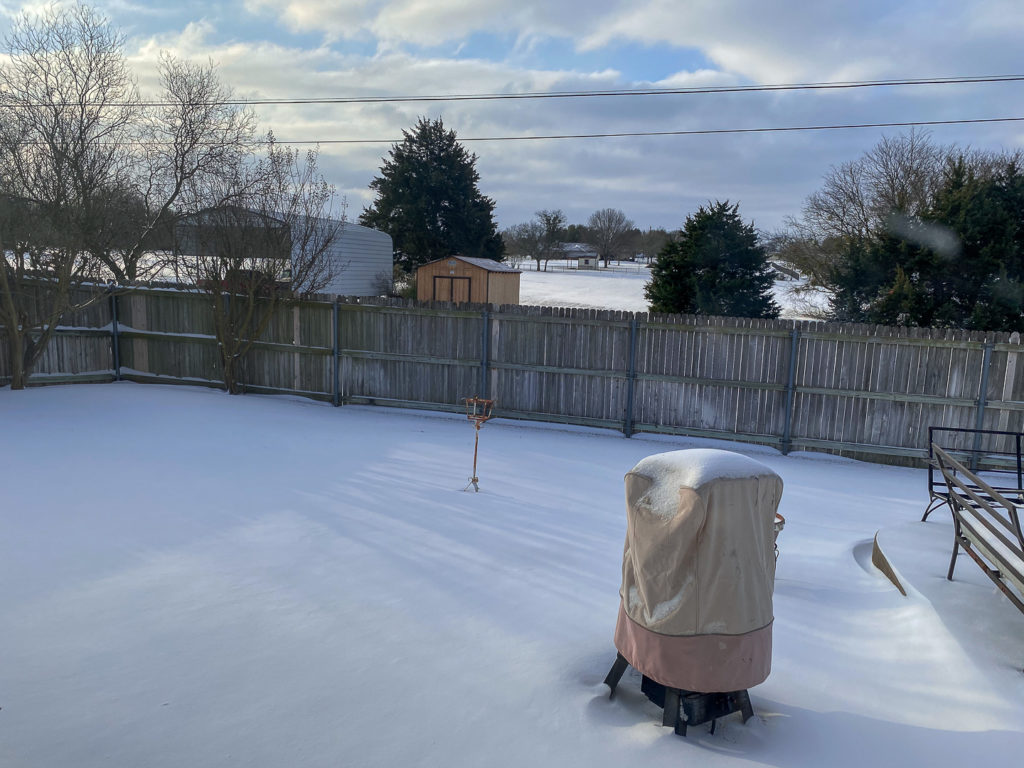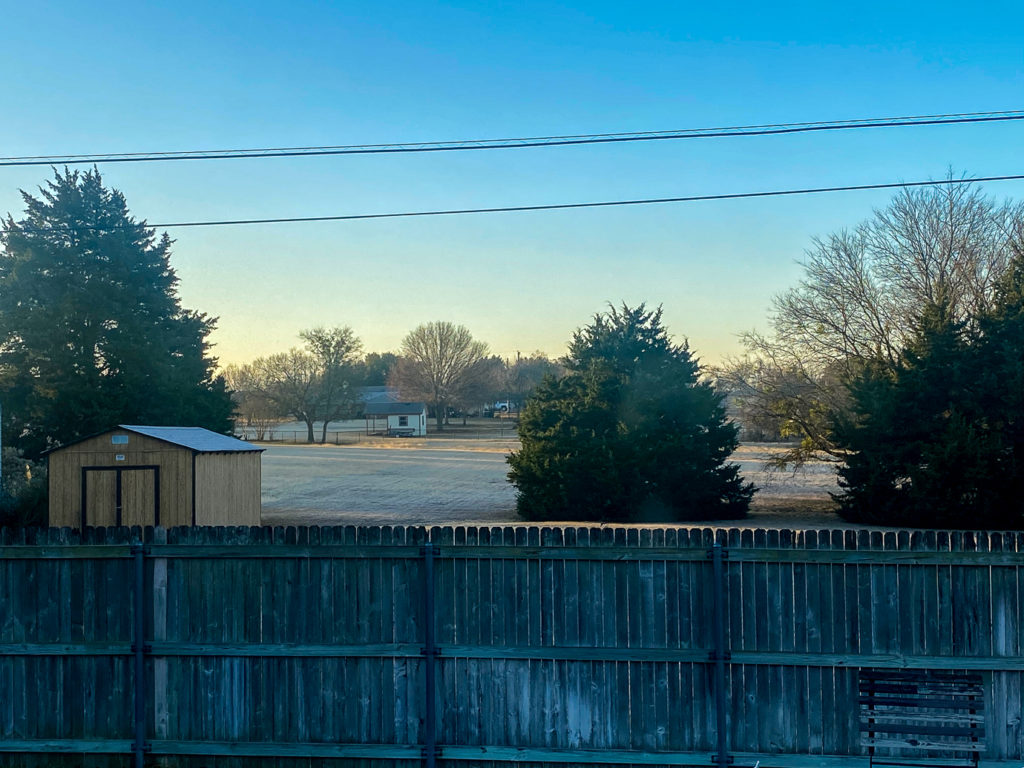We’ve been taking baby steps toward a homestead since we bought our first home. We were in that first house for eleven years. It was an unusual property, being the last double lot in our neighborhood. With a third of an acre in Southern California and being the second owner of a house built in the 1950’s, we definitely took advantage of the opportunity to learn new skills that have served us well since. My husband built raised vegetable beds and a new pergola in the backyard. I learned how to can vegetables from the garden and how to glaze windows. We learned what grew well (tomatoes and zucchini!) and what did not (corn). We pulled out landscaping and replanted it, tended fruit trees, ran drip irrigation lines, and planted succulents.
Fast forward to today, and we now find ourselves starting over in a new state. We’ve been in our house about 8 months now, survived an unusual deep freeze for Texas, and started learning about our house and the land that we’re on.
Our New Homestead
We have a little over an acre and a half of land with no fencing. Because it’s a long, skinny parcel, so we still feel like we’re in a neighborhood, but we have room to create a small homestead. Two doors down, our neighbors have chickens and sheep. Across the street, they have donkeys.
For native wildlife, we have cardinals and chickadees, squirrels that drive the dogs nuts, and rabbits that we thought had destroyed a few of our vegetable plants. (Thankfully, the plants came back!) I wasn’t sure if we would have deer in the area or not. We don’t – that I know of – which means one less thing to defend the garden against.
Our Garden
The soil here on the homestead is definitely clay. We’ve started amending it with compost and mulch to loosen it up and improve the drainage. We bought some worms and turned them loose in the soil. We also have learned where the water drains to. With quite a bit of rain this year, we discovered that a corner of the vegetable garden turns into a bit of a swamp. Hopefully we can raise the height of that row over the next year so that the water can flow to either side of the row. If we can figure out how to take advantage of the runoff, it would be great to see if we could use it almost like flood irrigation.
Our decision to use t-posts and cattle panels for trellises was definitely a good one. So far, we have butternut squash, watermelon, and cucumbers winding their way through the panels. That makes the vegetables easy to find!
Our first several years with a vegetable garden are always experimental – what will grow? what animals and pests will eat what is growing? what looks initially like it might do well, but doesn’t in the end? It always seems to take a few years to figure out what plants are sure things, because stuff happens that affect the growing season that are one-off.
For example, planting a garden for the first time after having an unusual winter storm means that all the plants seem to be running a month or two behind. The weather this summer is cooler than usual, so I’m not sure if the tomatoes just aren’t doing well or if it’s the weather that’s affecting them. Do we normally get this much rain? I’m not sure.
Our House
This is the first time for both of us to own a house on a septic system. We both grew up in houses that had a septic system, so we know a little bit about living with one. Having to maintain a septic system is definitely new. We’ve had a bit of a crash course in “is it good? is it not?” since ours is the older anaerobic type and no longer as common, but thankfully the system we currently have is in good shape.
Inside the house, we haven’t made too many dramatic changes yet, though there are some planned. The most important thing for us was to remove the last of the old carpet in two bedrooms and to replace it with laminate flooring. The previous owners had installed reclaimed antique oak floors in the living room, dining room, and master bedroom. I was able to find flooring that was really close, just in case we wanted to replace some of the tile in the other main areas of the house, which would have the two flooring types within view of each other.
We have a kitchen nook, with a bay window that has a beautiful view of the back of our property. I love looking out in the morning and the evening, when the sun is low enough to filter through the trees.
What’s Next for our Homestead
Both my husband and I are from so-called fly-over states (him, Illinois; me, Texas), so we are wholly re-embracing this slower, more rural lifestyle on our homestead. I now work from home full time, so I can take care of little things during my breaks. I enjoy puttering out to the garden, feeding the compost pile, checking to see what new veggies have appeared overnight, and looking to see what can be harvested.
I’m enjoying learning new ways to preserve the foods we’re growing – freezing, fermenting, canning, pickling – so that we can enjoy them at a later date. I’m enjoying the optimism of looking forward to the next growing season and discussing with my husband what we want to plant next.
With anything that happens to be going on in the world at any given time feeling so close, I’m glad we have our home and the seasonality of our life at the homestead to ground us.
Find out more about us.

